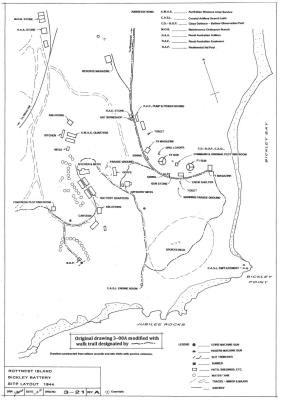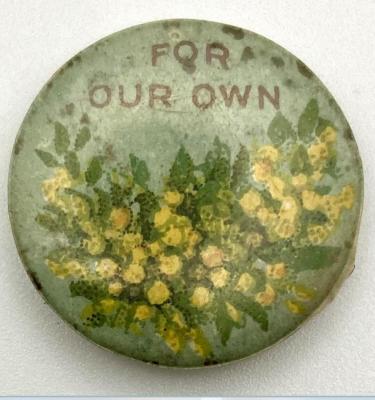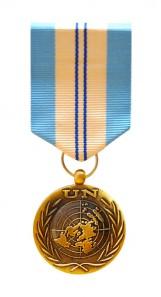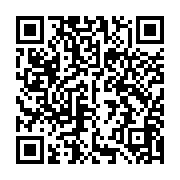World War 1, South-West Asia, Turkiye, Gallipoli, Anzac Cove,165 McCALLUM, 16 Battalion, 1915
Photograph of 165 Private Arthur Edward McCallum of Albany
Arthur Edward McCallum was born in Albany, Western Australia in March 1889. He was the eldest son of Arthur Edward McCallum, a council worker, and Mary-Ann Colefax, the daughter of an Aboriginal woman named Phoebe Youngetshan and an expiree John Colefax. Prior to enlisting in the Australian Imperial Force (AIF) on 9 September 1914, Arthur had been employed by the Public Works Department at Goomalling. Withm16 Battalion he travelled to the Broadmeadows Camp to complete advanced training and on 22 December departed for Egypt.
At about 6.00pm on 25 April, 995 men from 16 Battalion landed at Anzac Cove. By roll call on 3 May only nine officers and 298 non-commissioned officers remained of the Battalion.. Arthur survived the initial assault at Gallipoli only to be evacuated to the No. 2 Stationary Hospital at Mudros on 16 June. He returned in August when the Battalion sustained further causalities at Hill 971 and Hill 60. He was again hospitalised a number of times.
On 26 April 1916 Arthur joined the 48th Battalion and travelled to France in June from Alexandria. Whilst in France he fought at Pozieres and Mouquet Farm. On 28 March 1918 while fighting in France, Arthur received gunshot wounds to his head, left thigh and left hand. He received treatment and when discharged on 17 May, he proceeded to Sutton Venny for training and then on to Deverill where he transferred to the Machine Gun Training Depot. Arthur returned to France on 12 September 1918, where he joined the 4th Machine Gun Battalion. One month later he returned to England and left for Fremantle Upon arrival, Arthur was placed under quarantine at Woodman’s Point due to an outbreak of the deadly Spanish Influenza on the voyage. He was discharged from the AIF on 17 February 1919.
His medical records state he did not have any illnesses while on service, and that his heart, lungs and other organs were normal. Arthur was assisted in gaining a position as a road worker and labourer at Narrogin and then Manjimup .Arthur McCallum died in his sleep on 1 April 1930, from heart failure, despite the assertion of the military doctors upon his discharge that he was in good health. The engraving on Arthur’s headstone reads that he died from ‘heart trouble and war gas effects’. As a mark of respect, a good muster of the Morawa Returned and Services League of Australia (RSL) accompanied the draped motor truck that carried Arthur’s coffin to the old Morawa cemetery where the graveside service was conducted by Reverend Davis an ex-service man.
Details
Details
The service of 13 Diggers, now honoured as Aboriginal, original ANZACs, who served with the Australian Imperial Force in Gallipoli are commemorated by name in dioramas in the World war 1 Gallery at the Australian Army Museum of Western Australia.
Australian Army Museum of Western Australia
Australian Army Museum of Western Australia
Other items from Australian Army Museum of Western Australia
- World War 1, Western Australia, Perth heritage week Exhibit, 251 McDONALD GE, Hospital Transport Corps
- World War 2, Western Australia, Rottnest Island, Bickley Battery and Bickley Camp, Layout, 1944
- World War 2, Western Australia, Rottnest Island, Bickley Battery, Layout
- World War 2, Western Australia, Rottnest Island, Airfield Camp, Layout, 1944
- World War 2, Western Australia, Commemorative Banner, 2/7 Battalion AIF
- World War 2, Eastern Mediterranean, Greec and Crete, 6 Division, 1941
- World War 2, Eastern Mediterranean, North Africa, Bardia and Tobruk, 6 Division, 1941
- World War 2, Eastern Mediterranean, North Africa, Siege of Tobruk, 9th Division
- World War 1, Home Front, Commonwealth Button Fund (20), Wattle Day, "For Our Own" held 24 August 1917
- World War 1, Europe, Western Front, Messenger Dogs, 1917
- Medal, Post 1945, Peacekeeping, United Nations Emergency Force II, 1976 - 79










